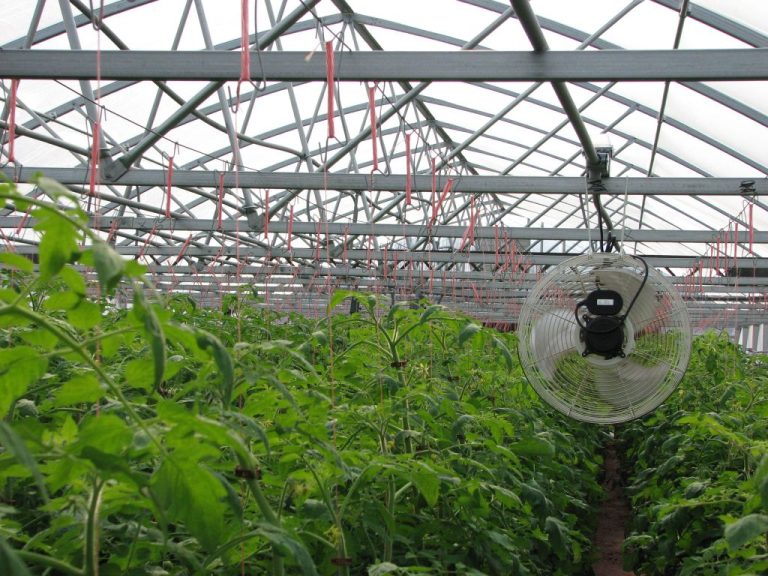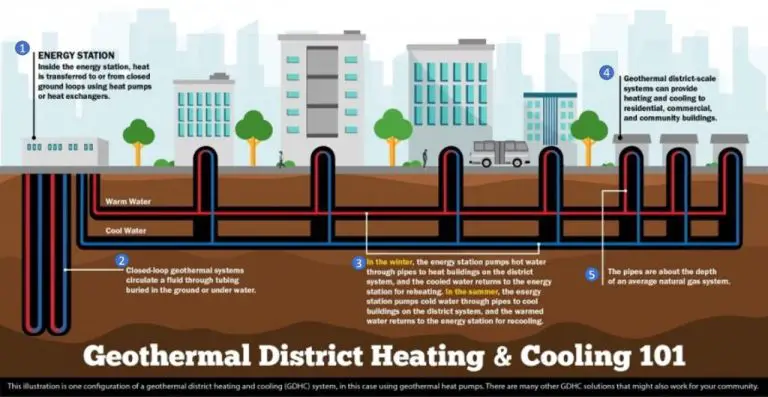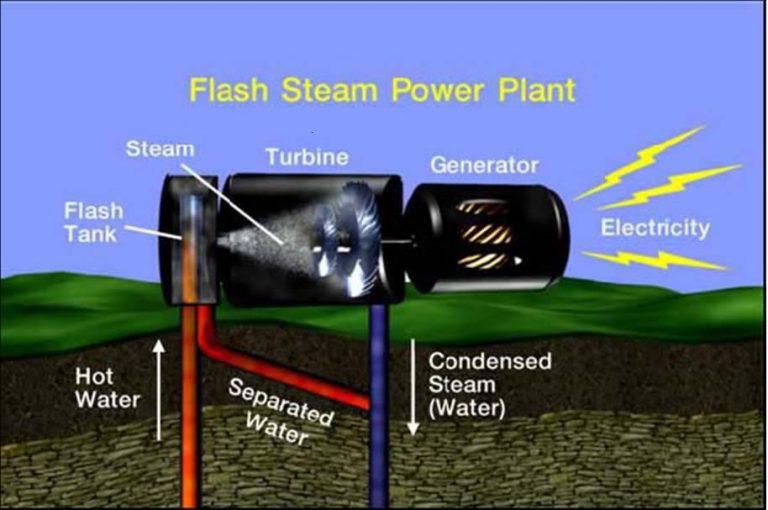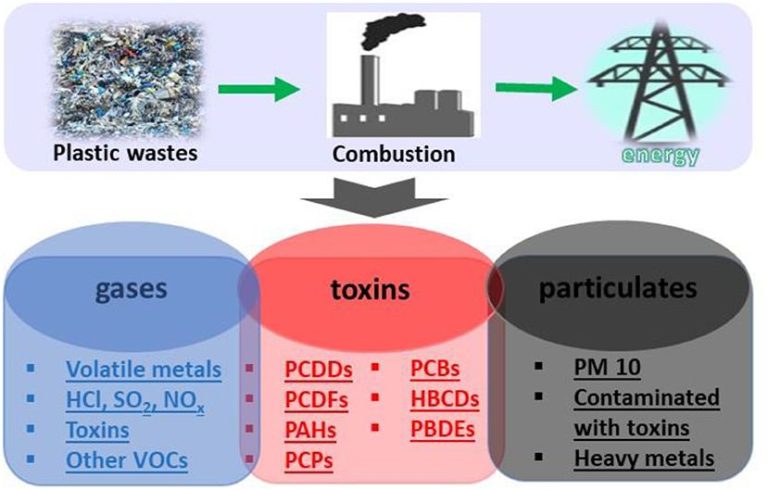Does Geothermal Energy Need A Generator?
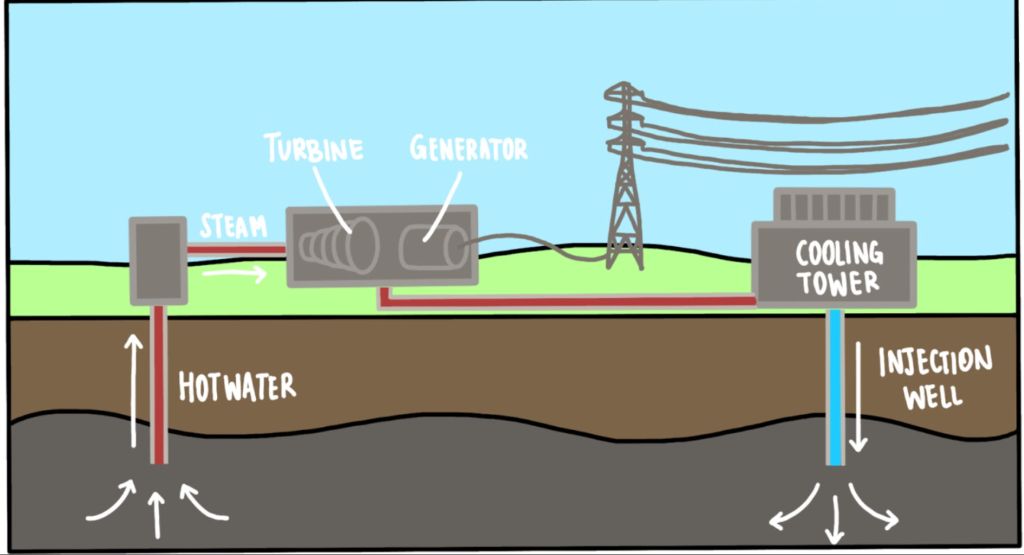
Geothermal energy is thermal energy generated and stored in the Earth (https://www.nrel.gov/research/re-geothermal.html). It arises from the original formation of the planet, from radioactive decay of minerals, and from solar energy absorbed at the surface.
Geothermal energy can be accessed by drilling water or steam wells in a process similar to drilling for oil. Wells can range from a few hundred feet to over two miles deep in the Earth’s crust. The geothermal fluid is brought to the surface and used directly for heating, or converted to electricity by turning turbines that activate generators (https://www.energy.gov/eere/geothermal/geothermal-basics).
There are three main types of geothermal energy systems: hydrothermal systems where subsurface water is naturally hot enough to produce steam; enhanced geothermal systems that inject water to heat rock and create a geothermal reservoir; and direct use systems that use hot water directly for applications like heating.
How geothermal energy is captured
Geothermal energy is captured by tapping into underground reservoirs of hot water or steam located beneath the earth’s surface. These geothermal reservoirs exist at various depths and temperatures due to the geothermal gradient, which refers to the increase in temperature with depth within the earth. As depth increases, rocks become progressively hotter. On average, the temperature of the earth’s crust increases by 25-30°C per kilometer of depth.
Within the earth’s crust, there are areas where rock is fractured or permeable, allowing water to circulate through it. When heated by the hot rocks, this circulating groundwater picks up thermal energy and becomes hot. Sometimes the heated water returns to the surface naturally in the form of hot springs, geysers, and fumaroles. However, geothermal power generation involves actively drilling wells into underground geothermal reservoirs to bring the hot water or steam to the surface for energy production.
The drilled wells tap into fractures or porous rock layers full of hot water or steam at temperatures ranging from 50 to 350°C. This hot water/steam is extracted and piped up to the surface, where the thermal energy it contains can be harnessed for power generation or direct heating purposes. The used geothermal fluids are either reinjected back into the reservoir or disposed of at the surface.
Uses of Geothermal Energy
Geothermal energy has many diverse applications but the three main categories are power generation, heating, and agricultural uses.
Geothermal power plants use the heat from geothermal reservoirs to produce electricity. According to the U.S. Energy Information Administration, geothermal power plants accounted for about 0.4% of total U.S. utility-scale electricity generation in 2020. The steam from geothermal reservoirs can spin turbine generators to produce geothermal electricity.
Geothermal energy can also be used directly for heating applications like hot water production, space heating, food dehydration, and industrial uses. Geothermal heating takes advantage of the stable temperatures near the surface of the Earth to regulate building temperatures. According to the National Renewable Energy Laboratory, geothermal heating and cooling systems are used worldwide.
In agriculture, geothermal energy allows cold-sensitive plants like tomatoes, peppers, and flowers to be grown year-round in colder climates. Geothermal heating warms greenhouses so plants can thrive. Geothermal heat pumps are also used to dry crops and lumber after harvesting.
Geothermal power plants
There are three main types of geothermal power plants: flash steam power plants, dry steam power plants, and binary cycle power plants. Each type of plant harnesses geothermal energy in a different way, but all utilize steam to turn turbines and generate electricity.[1]
In flash steam power plants, geothermal reservoirs of water with temperatures greater than 360°F are pumped under high pressure to the generation equipment on the surface. The pressure causes the hot water to convert into steam to drive the turbine generators.[2]
Dry steam power plants use geothermal steam reservoirs directly to turn turbines. The steam is piped directly from geothermal wells to the power plant where it is directed into turbine/generator units to produce electricity.[1]
Binary cycle power plants transfer the heat from geothermal hot water to a secondary “working” fluid, which has a much lower boiling point than water. The working fluid vaporizes and drives the turbines. The water and working fluid are kept separated during the whole process, so there are minimal emissions.[3]
Each plant harnesses geothermal energy differently, but all rely on steam to drive turbine generators for electricity production.
[1] https://www.energy.ca.gov/data-reports/energy-almanac/data-renewable-energy-markets-and-resources/types-geothermal-power
[2] https://www.eia.gov/energyexplained/geothermal/flash-steam-geothermal-power-plants.php
[3] https://www.energy.gov/eere/geothermal/binary-cycle-power-plants
Do geothermal plants require a generator?
Yes, geothermal power plants require a generator to produce electricity. The high-temperature steam from the geothermal reservoir powers a turbine that is connected to a generator. The turbine rotation causes the generator to spin and produce electricity.
In a geothermal power plant, the steam turbine and generator work together to convert the steam’s thermal energy into electrical energy. The steam from the geothermal reservoir rushes through nozzles aimed at the blades of the turbine, causing the turbine shaft to spin at high speeds. This spinning turbine shaft is connected to the rotor of an electrical generator, which spins within the generator’s fixed magnetic field to produce an electric current according to Faraday’s law of electromagnetic induction.
So in summary, the high-velocity steam turbine provides the mechanical power to rotate the generator, which then converts that rotational energy into electricity that can be distributed for usage. This makes the generator an essential component of transforming geothermal energy into electrical power. Without the generator, the geothermal steam alone cannot produce electricity.
Sources:
https://geysers.com/The-Geysers/Inside-A-Geothermal-Power-Plant
Geothermal heating systems
Geothermal heating systems, also known as ground source heat pumps, utilize the constant temperatures underground to heat and cool spaces efficiently. They work by circulating water or a working fluid through pipes called loops buried underground to transfer heat between the earth and the space being conditioned (heated or cooled) (Energy.gov).
In winter, the fluid collects heat from the earth and carries it indoors. The indoor heat pump unit compresses the fluid to further increase the temperature. Then the heat is transferred to air circulated through standard ductwork. In summer, the process is reversed—the indoor unit extracts heat from the indoor air and transfers it to the fluid in the loop. The fluid then absorbs more heat from the earth as it circulates before returning to the heat pump (Dandelionenergy.com).
Geothermal systems are very efficient because the earth’s temperature below the surface remains constant year-round in most locations. This allows consistent heating and cooling performance. Though installation costs are high, geothermal systems save significantly on electricity costs over time.
Pros and cons of geothermal energy
Geothermal energy has several advantages that make it an attractive renewable energy source. Some of the main pros of geothermal energy include:
- Sustainability – Geothermal energy is considered renewable, as heat is continuously produced inside the earth.
- Reliability – Geothermal plants provide continuous baseload power, unaffected by weather conditions.
- Low emissions – Geothermal energy produces significantly fewer greenhouse gas emissions compared to fossil fuels.
However, there are also some downsides to consider with geothermal energy:
- High upfront costs – Drilling geothermal wells is expensive, resulting in high capital costs.
- Location limitations – Geothermal energy is only feasible in areas with adequate underground heat and water resources.
- Potential emissions – Geothermal sites can sometimes release hazardous gases like hydrogen sulfide.
- Land subsidence – Removing large amounts of geothermal fluids can cause the ground surface to sink over time.
Overall, geothermal energy can provide clean, renewable base load power, but has limitations due to geography and high upfront costs. Careful site selection and management can help minimize the potential downsides.
Global use of geothermal energy
Geothermal energy is used in various countries around the world. According to ThinkGeoEnergy, the top geothermal countries in 2022 for installed capacity were the United States, Indonesia, Philippines, Turkey, New Zealand, Mexico, Italy, Iceland, Kenya, and Japan 1. The United States leads with over 3,800 MW of installed geothermal capacity. Indonesia follows with over 2,000 MW. Other major producers include the Philippines (1,900 MW), Turkey (1,500 MW), and New Zealand (1,000 MW) 2.
In terms of electricity generation from geothermal sources, the top countries are Kenya (76%), El Salvador (38%), the Philippines (27%), Indonesia (5%), and New Zealand (17%) as of 2021 3. Smaller countries like Iceland, Costa Rica, and Nicaragua also generate significant shares from geothermal.
The installed global geothermal capacity has risen steadily over the past decade to around 16 GW presently. With abundant untapped potential, many countries are looking to further develop geothermal energy production in the coming years.
Future of geothermal energy
Geothermal energy has significant potential for growth in the coming years with improvements in technology and drilling techniques. According to research from MIT, enhanced geothermal systems (EGS) could provide 100 GW of electricity generation capacity in the US by 2050, meeting around 10% of the nation’s energy needs (MIT, 2023). EGS involves injecting fluid into hot dry rocks deep underground to create artificial geothermal reservoirs. This allows geothermal power to be generated in areas without natural hydrothermal resources.
With more research and development, EGS has the potential to dramatically increase viable geothermal resources globally. The International Energy Agency projects geothermal generation could grow over 200% by 2040 under an optimistic scenario (NREL, 2023). Hybrid geothermal systems that combine geothermal with solar or biomass energy are also being explored as a way to provide consistent renewable baseload power. While growth projections are promising, continued investment, policy support, and technology improvements will be key to realizing the full potential of geothermal energy worldwide.
Conclusion
Geothermal energy has emerged as a promising renewable energy source that taps into the natural heat within the earth to generate clean electricity and provide heating and cooling. This content has explored how geothermal energy works, the technologies used to capture it, and its applications around the world.
To summarize some key points, geothermal power plants use wells and pumps to bring hot water or steam to the surface, which then spins turbines to generate electricity. The hot water is returned into the earth so that the resource is sustainable. Geothermal heating utilizes lower temperature geothermal resources through heat pumps and direct heating. While geothermal energy has advantages of being renewable and emission-free, it does face limitations in terms of suitable locations and high upfront costs.
Looking ahead, geothermal is poised to play an increasing role in the global renewable energy landscape. With its ability to provide reliable baseload power and potential to expand through enhanced geothermal systems, geothermal can complement other renewables like solar and wind. As geothermal technology continues improving and costs keep coming down, we may see accelerated adoption worldwide. With sturdy government incentives and policies, geothermal could become a major cleaner energy source globally.

